Java, one of the largest islands in Indonesia, has a rich culture that includes a wide variety of arts, traditions, and unique traditional houses . Javanese traditional houses are important examples of rich cultural heritage and have their own distinctive characteristics. Here is some information about Javanese traditional houses:
Javanese Traditional House
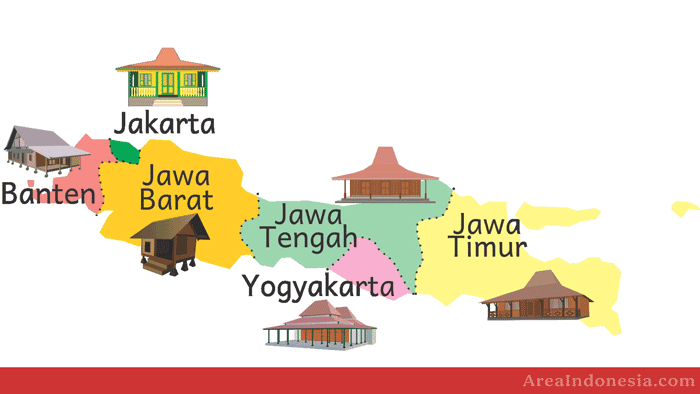
Joglo is the most famous type of Javanese traditional house, commonly used by royal families or nobles. This house is characterized by towering pyramid roofs, beautiful wooden structures, and intricate carvings.
Banten Traditional House
Bedouin tribe is an indigenous tribe living in Banten Province. The Bedouin tribe has a traditional sulah nyanda house. Sulah Nyanda is a traditional Bedouin house that is environmentally friendly because the ingredients come from nature.
Sulah Nyanda Traditional House
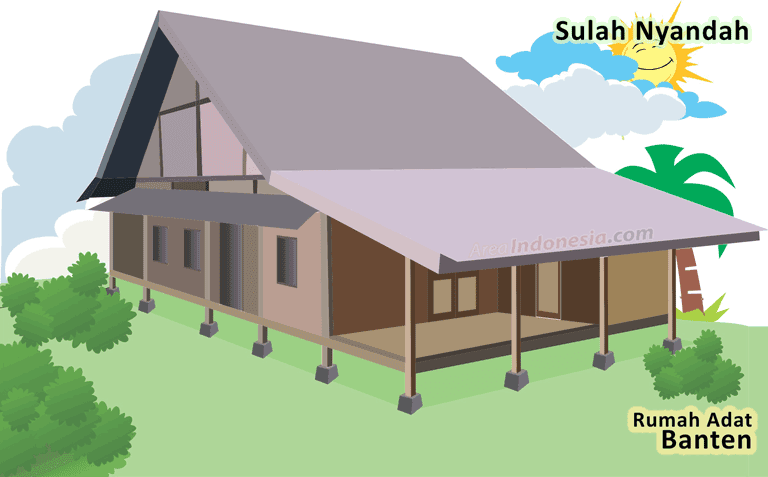
The foundation of this house is made of stone and the floor is made of split bamboos. The pole uses large wooden beams, the walls are made of woven bamboo and the roof is made of ijuk and bamboo slats.
DKI Jakarta Traditional House
This house is a characteristic of the Betawi tribe. The roof of the kebaya house is in the form of a folded saddle. When viewed from the side, the roof is like a kebaya fold. On the terrace of the house, there are usually tables and chairs to receive guests or drink tea in the afternoon with family. Kebaya houses are usually painted in bright colors.
Kebaya Traditional House
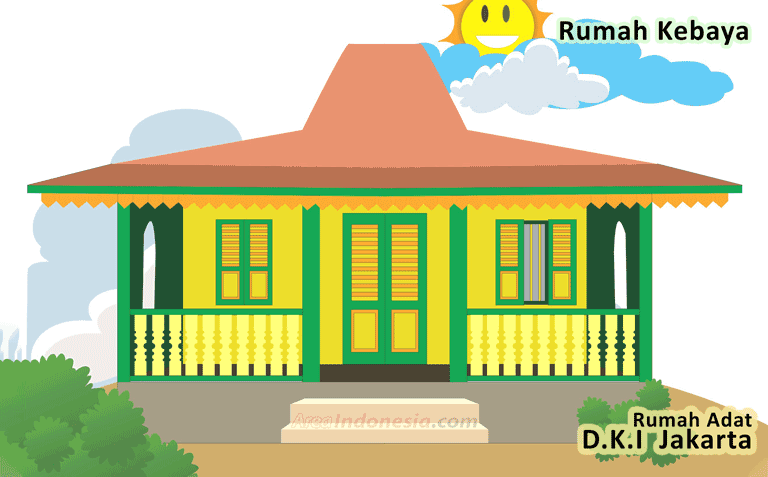
West Java Traditional House
In West Java province there are many forms of traditional houses, but the most popular is the jolopong house. The shape of this jolopong house is a stilt house with a height of about 40 to 60 cm above ground level and there are stairs on the terrace of the house. The materials used from the jolopong house are natural materials from nature, namely wood, bamboo, coconut leaves, ijuk, stone, and soil. The shape of the roof is elongated and in the shape of an isosceles triangle like a straight roll or jolopong (drooping).
Jolopong Traditional House

Traditional House of D.I. Yogyakarta
Traditional houses from the Special Region of D.I Jogjakarta are also the same, called joglo houses. At the front of the house is a spacious pavilion that is usually used for meetings.
Yogyakarta joglo house imitates the kencono ward of the Yogyakarta palace. The roof of Jogja joglo is different from other joglo, the roof is stacked with 3 (three) high ridges. The poles and walls are of wood and are usually painted in dark green or black.
Joglo Traditional House
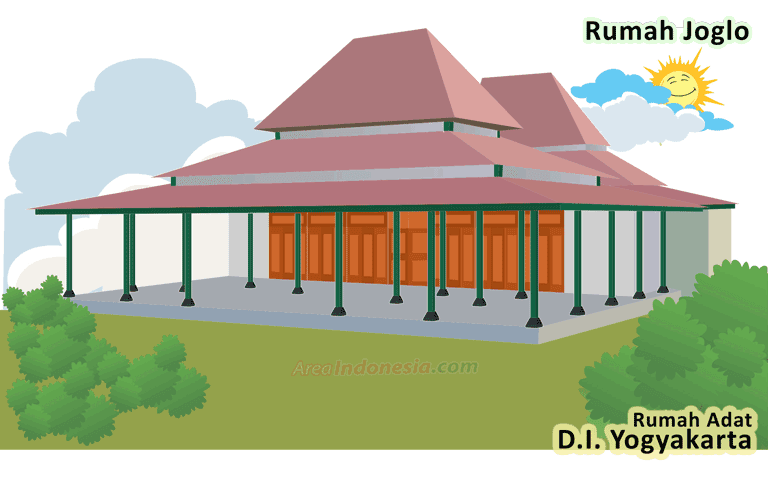
Like other joglo houses, the floor of joglo Yogyakarta will be higher than ground level.
Central Java Traditional House
Joglo Kudus is a type of Javanese traditional house originating from the Kudus area, Central Java. This house has a characteristic roof that is very high and complicated, as well as fine carvings. Joglo Kudus is often used for places of worship or traditional gatherings.
Joglo Kudus Traditional House
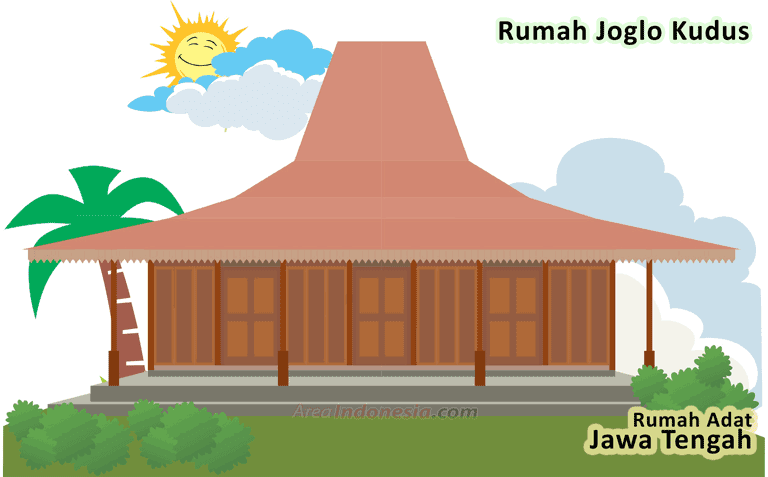
Joglo usually has a large open living room, surrounded by several bedrooms around it. The front of the house is often decorated with doors and windows carved with detail.
East Java Traditional House
The people of East Java also have traditional houses called joglo, just like Central Java and D.I.Yogyakarta. This East Java joglo roof is simpler than other joglo.
Joglo Traditional House
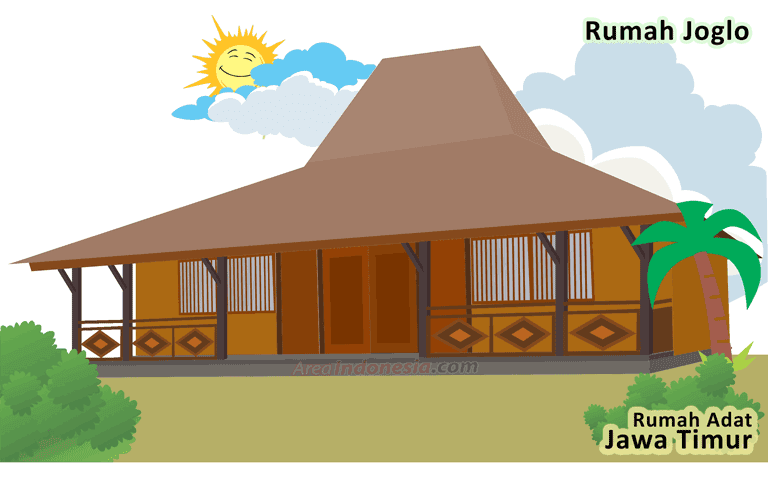
Joglo traditional house in East Java is divided into two main rooms, namely the pavilion and the back room. The pavilion is located at the front which is used to receive guests or hold meetings, while the back room consists of a bedroom and kitchen. Families usually gather more and do daily activities in the back room.
Limasan House
Limasan is a type of Javanese traditional house that is simpler than Joglo. This house also uses a pyramid roof, but the structure and carvings are simpler. Limasan usually has an open living room that is used as a family gathering place or cultural activities. Bedrooms and other spaces are located around the living room.
Gladag House
Gladag is a traditional Javanese house consisting of two floors. The first floor is used as a family room and gathering place, while the upper floor is used as a bedroom. Gladag has a strong wooden structure and a towering roof. The front of the house is often decorated with interesting carvings.
Stage House
Javanese traditional house Panggung is a house built on high wooden poles. The purpose of building houses on this stage is to protect the house from floods and insects. The stage has a sturdy wooden structure and intricate carvings on the walls. The bottom of the house is often used as a storage area or animal cage.
Javanese traditional houses reflect the richness of art and beauty of Javanese culture. Each type of custom house has unique characteristics, either in terms of structure, carving, or function. Visiting Javanese traditional houses can provide insight into the traditional life of Javanese people and the beauty of traditional architecture that is still sustainable today.
Berikan komentar bro/sist